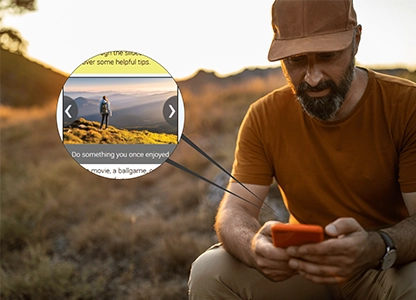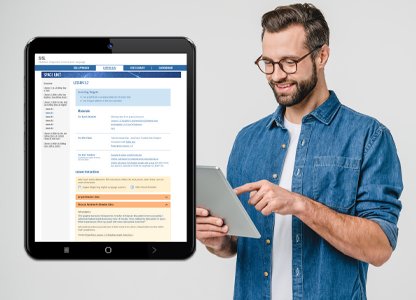Home » News & Resources » Transit Display » Social Media and Public Transit

Social Media and Public Transit
Social media has completely changed the way that companies do business. Before Facebook, Linkedin and other social apps, companies had their online presence through a website as a form of showcasing their products and services.

Social Media and Public Transit
Social media has completely changed the way that companies do business. Before Facebook, Linkedin and other social apps, companies had their online presence through a website as a form of showcasing their products and services.
Social Media and Public Transit
Published: 03/09/2022

Social media has completely changed the way that companies do business. Before Facebook, Linkedin and other social apps, companies had their online presence through a website as a form of showcasing their products and services. While this is still the case, social apps have added a layer of marketing for companies. Not only can they market their services, but connect on a deeper level with their customers and potential clients.
With a website, information is more static; and some more current information such as blogs, news and events. With social media, more attention is required; to come up with content on a regular basis and keep information up-to-date.
Relationships and networking are the focus of companies nowadays. They want to generate leads, hear directly from their customers on how they can do things better. Also, build a community of users that support what they offer.
Public Transit
Transit companies have stepped up and joined social media, where their riders usually frequent, in order to provide information, promote their services and showcase what they offer. This has helped them increase engagement. Moving away from static content only, to web blogs, video blogs and even video snippets.
Real-time information is key for public transit companies; which most have available on their website. Now, they have an additional way to reach users with any changes to their schedule, via apps like Twitter, where users can see this information without having to visit their website every time. Twitter also is a great tool for more frequent updates such as public transit status, upcoming maintenance and event information.
Ad Campaigns
Facebook allows companies to run ad campaigns. This allows public transit and other companies to reach a specific set of users, by location, interests and even careers. Instagram, also owned by Facebook is also a tool widely used and allows companies to run ads as well.
Other social media platforms have rolled out the ability to run ads, or promote posts for businesses; such as LinkedIn, and even Pinterest.
Transit companies benefit from having a social media manager on staff. Or least someone in their staff that keeps up with the different trends in these various platforms, and is able to market effectively in order to achieve the company's goals when it comes to networking and engagement.
At Redmon Group we help transit agencies stand out online. Reach out to us today to discuss your digital marketing strategies so we can connect you with one of our experts and help you stand out online.
Categories
Digital LearningExperience Design
SEO Tips
User Experience
Website Development
Transit Display
AV Integration


